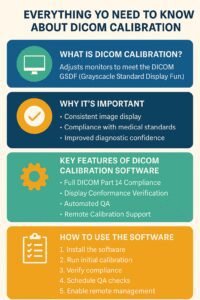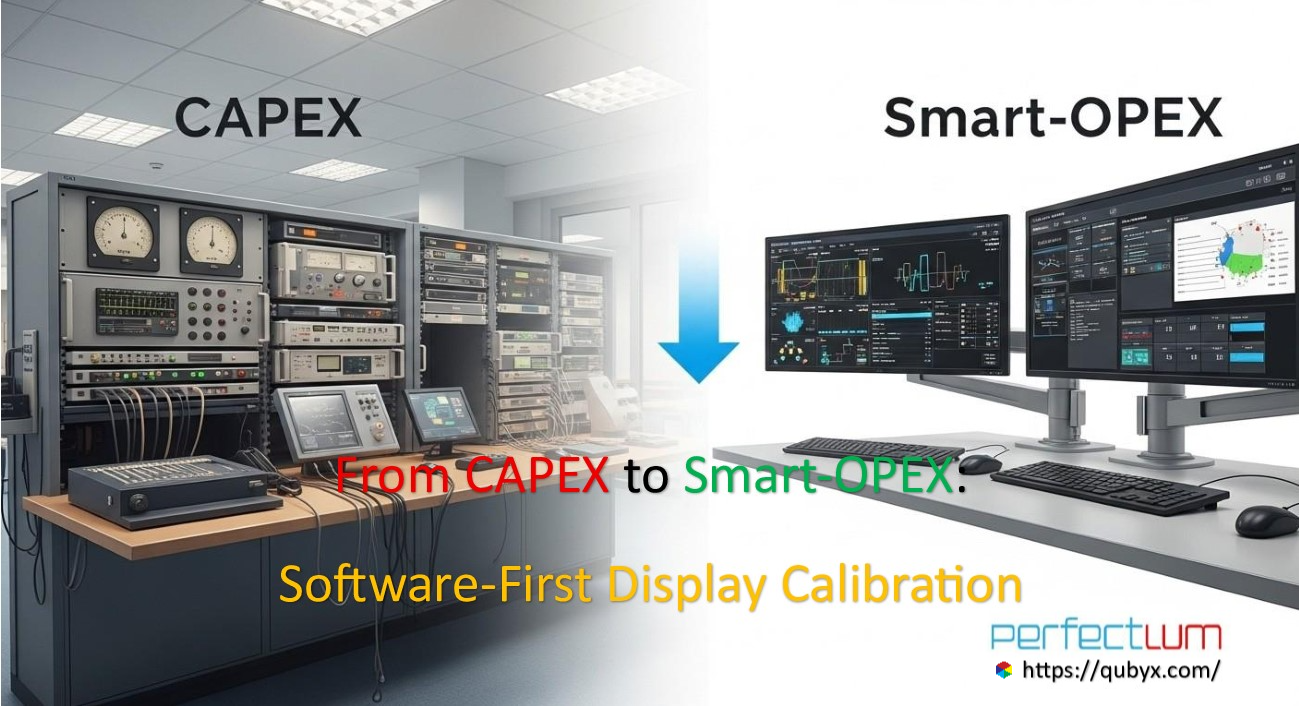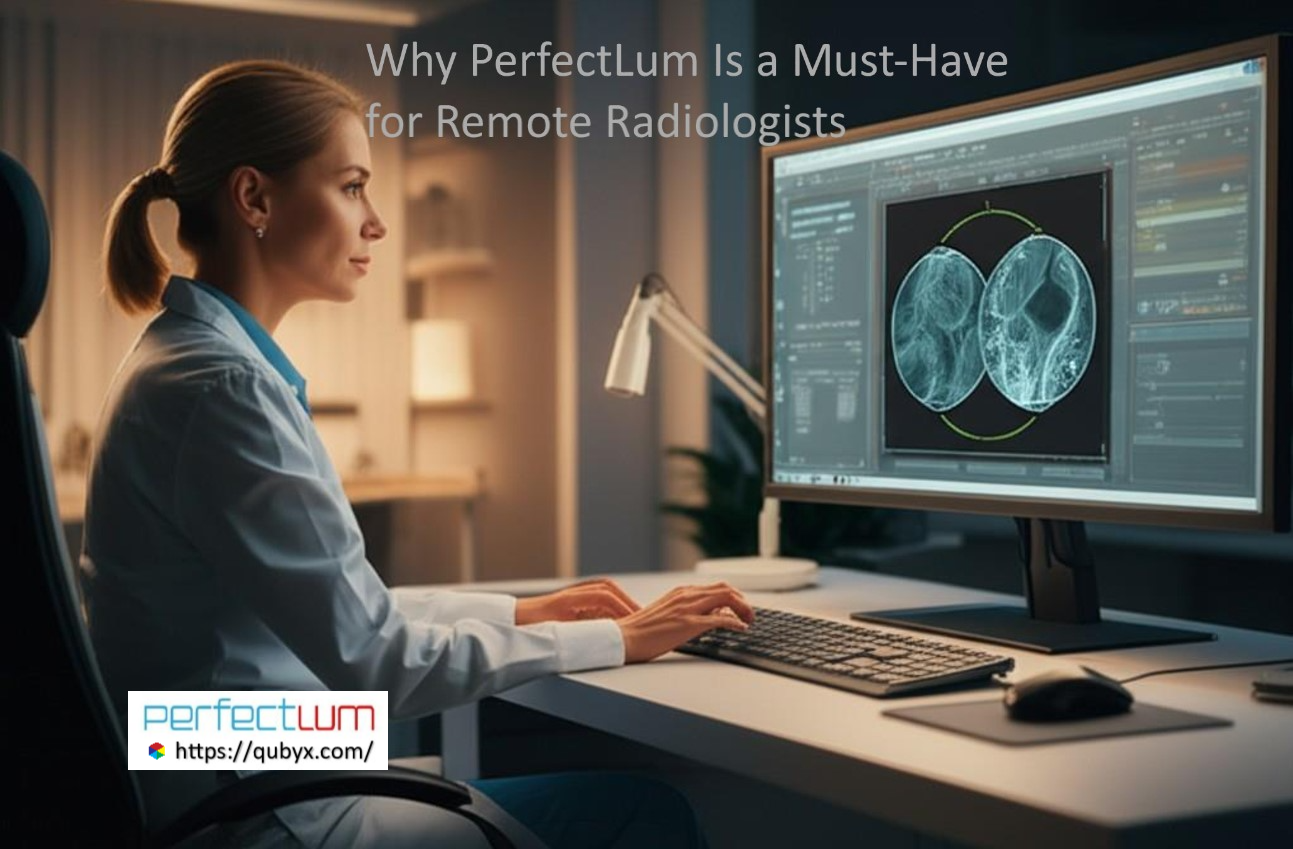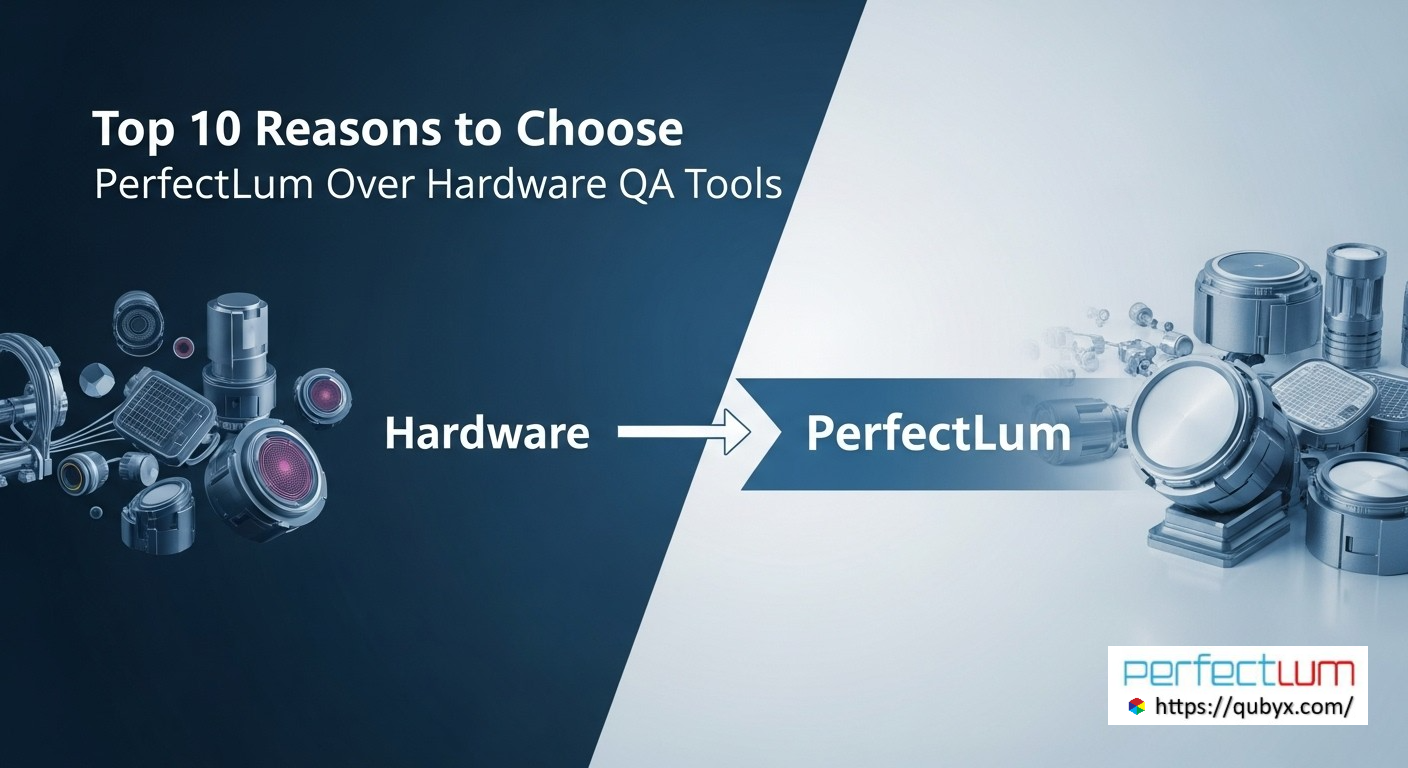News
- Home
- Multiple Benefits of DICOM Calibration Software


Multiple Benefits of DICOM Calibration Software
- December 9, 2024
- qubyx
All You Need to Know About DICOM Calibration Software
In the highly demanding world of medical imaging, accuracy is critical. It is receommended that you should use DICOM calibration software, whether you’re a radiologist interpreting MRI scans, a pathologist reviewing digital slides, or a technician handling CT images, the quality and consistency of your display can directly affect diagnosis and treatment outcomes.
That’s where DICOM calibration software comes in. Designed to meet strict medical standards, this software ensures your monitor is perfectly tuned for accurate grayscale and color representation, following DICOM Part 14 guidelines.
If you’ve ever wondered what DICOM calibration software is, why it matters, and how to choose the right solution, this guide has you covered.
What is DICOM Calibration Software?
DICOM stands for Digital Imaging and Communications in Medicine, an international standard for handling, storing, and transmitting medical images. Part 14 of the DICOM standard specifically focuses on Grayscale Standard Display Function (GSDF) — the calibration curve that ensures medical images are displayed consistently across different monitors.
DICOM calibration software adjusts your display to match this GSDF curve, guaranteeing that every detail in a medical image is visible and correctly represented.
Why is DICOM Calibration Important?
In consumer settings, a small difference in brightness or color might go unnoticed. In medical diagnostics, it could mean missing a subtle lesion or misinterpreting an image. Proper calibration ensures:
-
Consistent image display across devices – What you see on your workstation matches what your colleagues see on theirs.
-
Compliance with medical imaging standards – Essential for regulatory audits and certifications.
-
Improved diagnostic confidence – Accurate grayscale levels reveal subtle details in X-rays, mammograms, CT scans, and more.
-
Reduced eye strain for radiologists – Proper calibration creates a comfortable viewing environment during long shifts.
Key Features to Look For in DICOM Calibration Software
When choosing the right solution for your medical imaging setup, consider the following features:
1- Full DICOM Part 14 Calibration
The software should match your monitor’s output precisely to the GSDF curve, ensuring compliance.
2- Display Conformance Verification
Look for tools that generate compliance reports for internal documentation or regulatory inspections.
3- Automated Quality Assurance (QA)
Automated QA ensures your display stays calibrated over time without constant manual checks.
4- Remote Calibration Support
Essential for teleradiology, allowing IT teams to calibrate and maintain displays from any location.
5- User-Friendly Interface
Calibration shouldn’t require advanced technical skills. Choose software with guided workflows and clear instructions.
The PL4 Calibration Software: A Leading Example
One standout option is the PL4 Calibration Software, which brings professional-grade calibration to both medical-grade and premium consumer displays like the iMac.
Why PL4 is trusted in the medical field:
-
Advanced algorithms based on the latest display technology research.
-
Easy setup with step-by-step guidance for new users.
-
Versatile compatibility with different platforms and devices.
-
Automated QA and remote monitoring for consistent performance.
-
Compliance verification reports to meet industry regulations.
How to Use DICOM Calibration Software Effectively
-
Install the Software – Ensure it’s compatible with your operating system and display type.
-
Run Initial Calibration – Follow the guided process to match your monitor to the GSDF curve.
-
Verify Compliance – Generate a report to confirm your display meets DICOM standards.
-
Schedule Regular QA Checks – Use automated tools to maintain calibration.
-
Enable Remote Management – Especially important for facilities with multiple locations.
From Hospitals to Home Offices
With the rise of remote work in healthcare, DICOM calibration software is no longer confined to hospital networks. Radiologists and imaging specialists working from home can now meet the same quality assurance standards as in-facility workstations. This is vital for teleradiology, where accurate and consistent imaging is key to patient safety.
The Bottom Line
Whether you’re in a major hospital, a specialized imaging center, or working remotely, DICOM calibration software is a must-have for ensuring accurate, compliant, and reliable medical imaging. It’s not just about better image quality — it’s about delivering better patient care.
If you’re ready to take your display performance to the next level, solutions like PL4 make it easier than ever. With free trials, automated tools, and remote capabilities, upgrading your workflow is straightforward, cost-effective, and future-proof.
Read More:
Related Posts
- October 25, 2025
- News
From CAPEX to Smart-OPEX: Shifting Hospital Calibration Spending with Software
- October 25, 2025
- News
Cost-Effective Software by QUBYX to Help You Thrive Executive summary
- October 24, 2025
- News
Why PerfectLum Is a Must-Have for Remote Radiologists In





